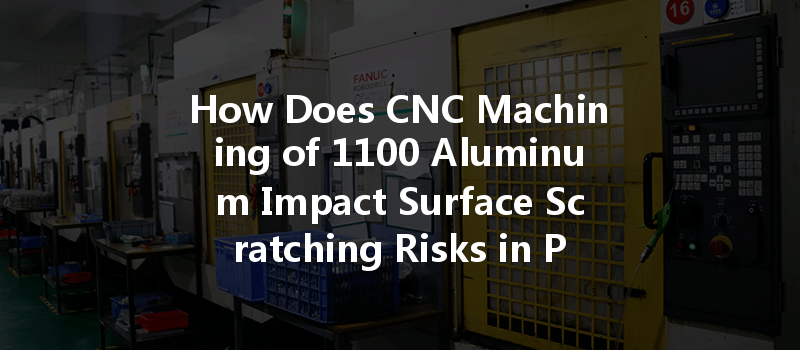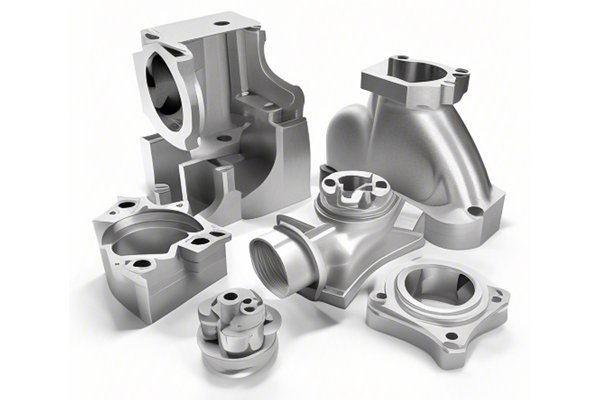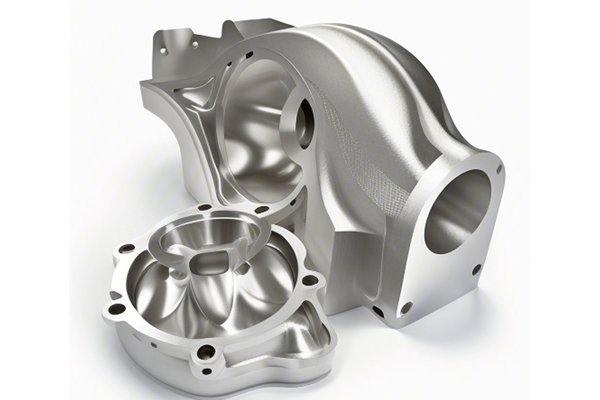Did you know that aluminum is the second most utilized metal in manufacturing, right after steel, and among its various alloys, 1100 aluminum is particularly favored for its exceptional workability? However, one often overlooked yet significant issue in CNC machining is the susceptibility of specific aluminum grades to surface scratching. This blog aims to explore the impact of CNC machining on 1100 aluminum in terms of surface scratching risks, offering effective solutions to mitigate these concerns.
Understanding 1100 Aluminum
What is 1100 Aluminum?
1100 aluminum is a pure aluminum alloy that contains a minimum of 99.0% aluminum and is characterized by excellent corrosion resistance, formability, and electrical conductivity. It is widely used across various applications, including food processing, chemical equipment, and even decorative purposes, due to its aesthetic appeal.
Properties of 1100 Aluminum
Understanding Surface Scratching in CNC Machining
What is Surface Scratching?
Surface scratching refers to the formation of scratches on the surface of machined parts, which can adversely affect aesthetics, functional performance, and the integrity of components. This phenomenon can occur due to tooling issues, improper operational parameters, or even contamination during the machining process.
Why is Surface Scratching a Concern?
Common Causes of Surface Scratching in CNC Machining
Solutions to Mitigate Surface Scratching in CNC Machining of 1100 Aluminum
Choosing the right cutting tools is paramount to minimizing surface scratching. For 1100 aluminum, consider the following:

Properly setting your CNC machine’s operational parameters can significantly reduce the risk of surface scratching.
Handling workpieces with care is crucial in maintaining their integrity:
Reducing vibrations in CNC machines can lead to greater accuracy and lower risks of surface imperfections:
Maintaining your tooling can prevent wear-related issues that lead to scratching:
Cutting fluids or lubricants can have a substantial influence on machining quality:
In today’s competitive manufacturing landscape, understanding the impact of CNC machining on surface scratching risks for materials like 1100 aluminum is vital. The properties of 1100 aluminum make it an attractive choice for numerous applications, but they also necessitate careful consideration during the machining process to avoid compromising surface quality.
By implementing the strategies discussed in this blog—selecting appropriate tooling, optimizing cutting parameters, ensuring proper handling, controlling vibrations, maintaining tools, and utilizing cutting fluids—you can effectively mitigate the risks of surface scratching and enhance the overall quality of your machined products.
Remember, the aesthetics and performance of machined parts can be significantly affected by surface quality. Investing time and resources into understanding and addressing these factors can lead to improved product outcomes, reduced scrap rates, and higher customer satisfaction. The importance of this topic cannot be overstated; it is essential for manufacturers to consistently strive for high-quality finishes, particularly when dealing with materials like 1100 aluminum, to ensure long-term success in the industry.
In summary, the careful consideration of machining practices not only enhances product quality but also elevates a manufacturer’s reputation in the highly competitive market. Now is the time to invest in better practices for superior results.






